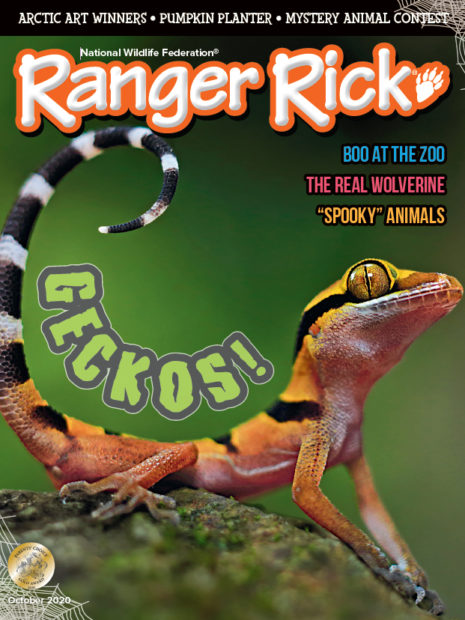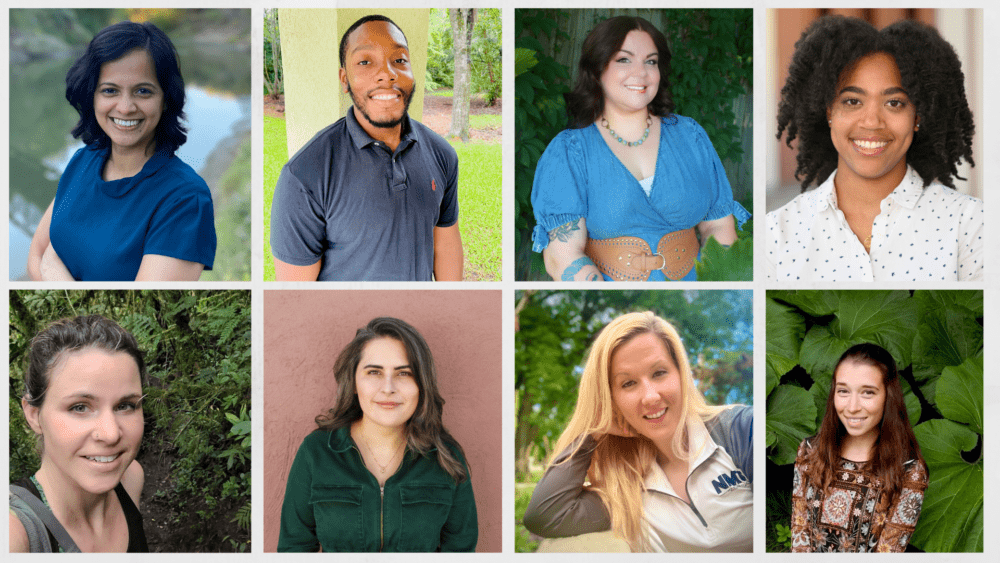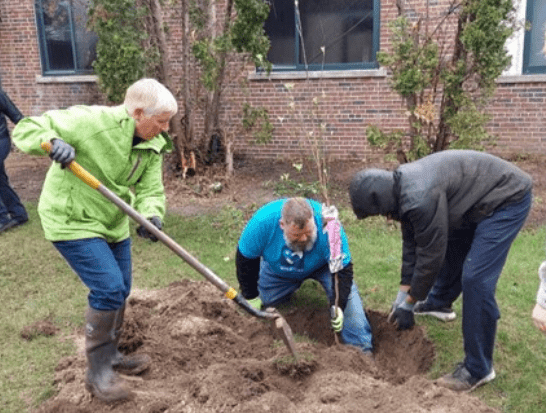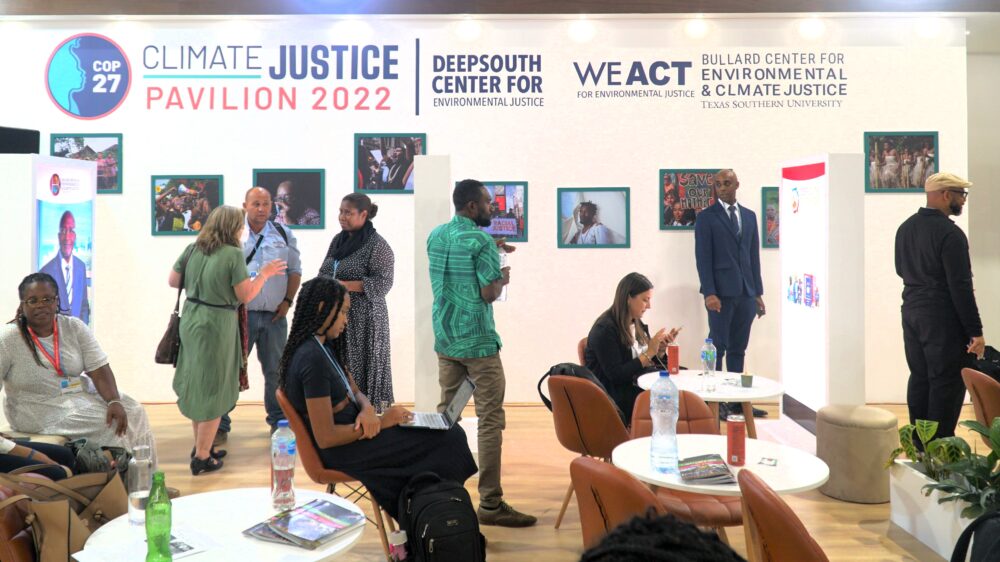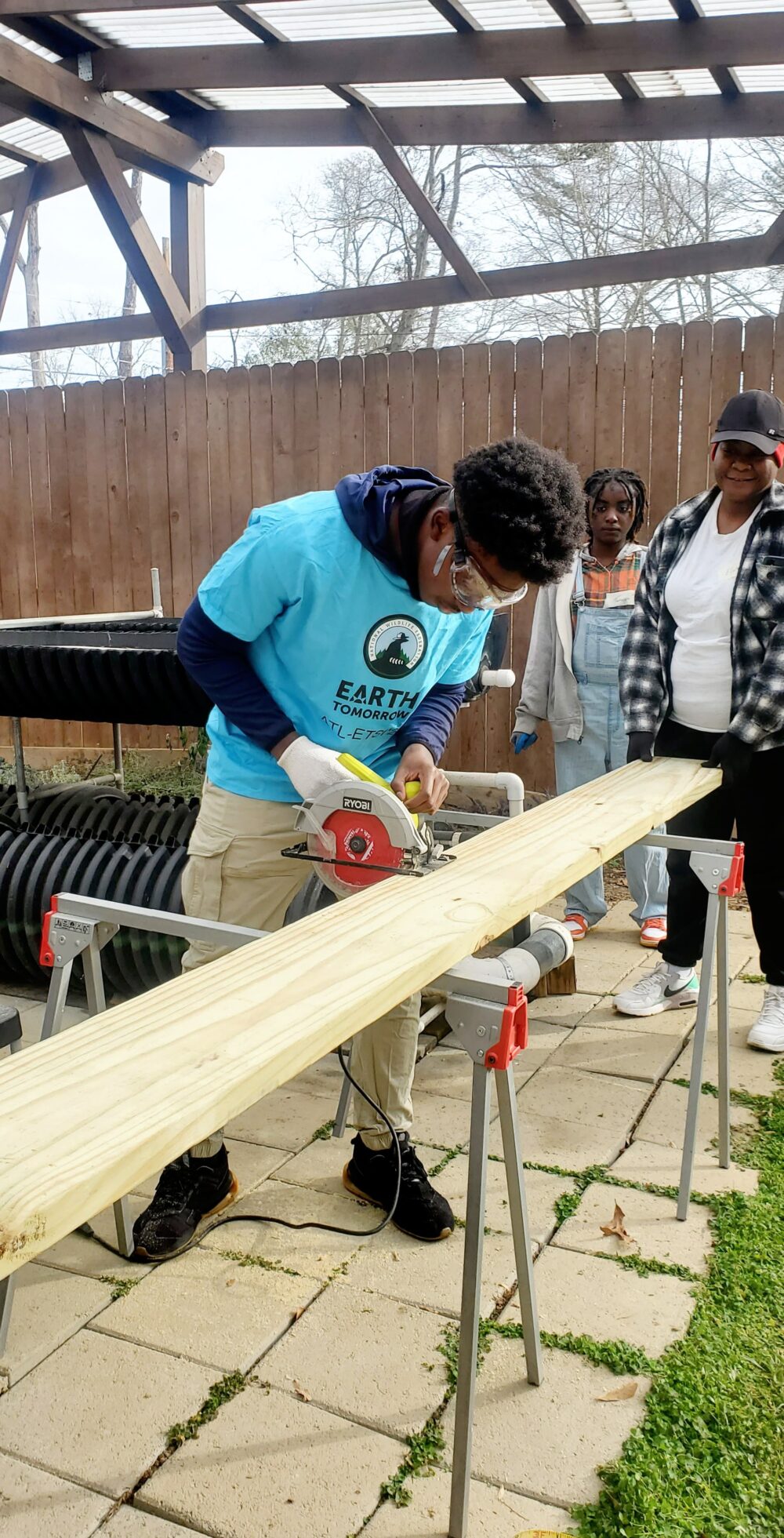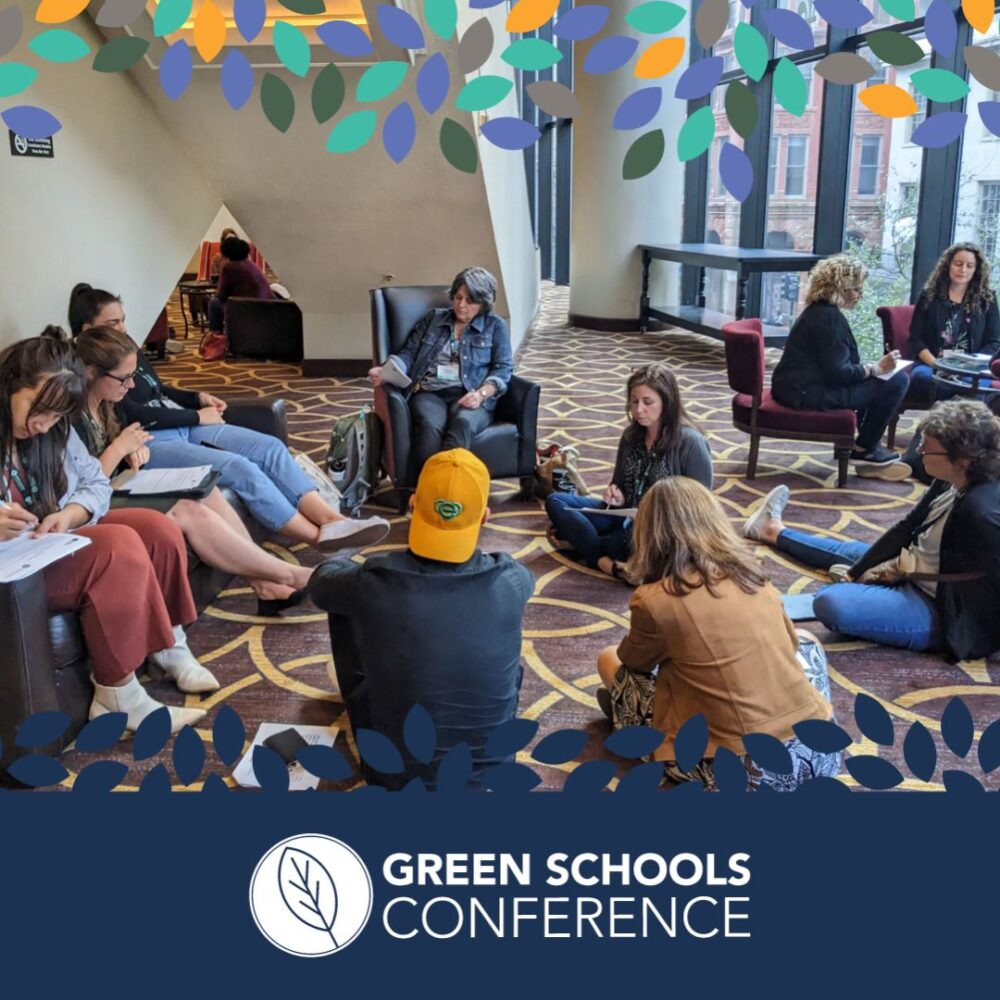We have much more to do and your continued support is needed now more than ever.
Education Newsletter October 2020
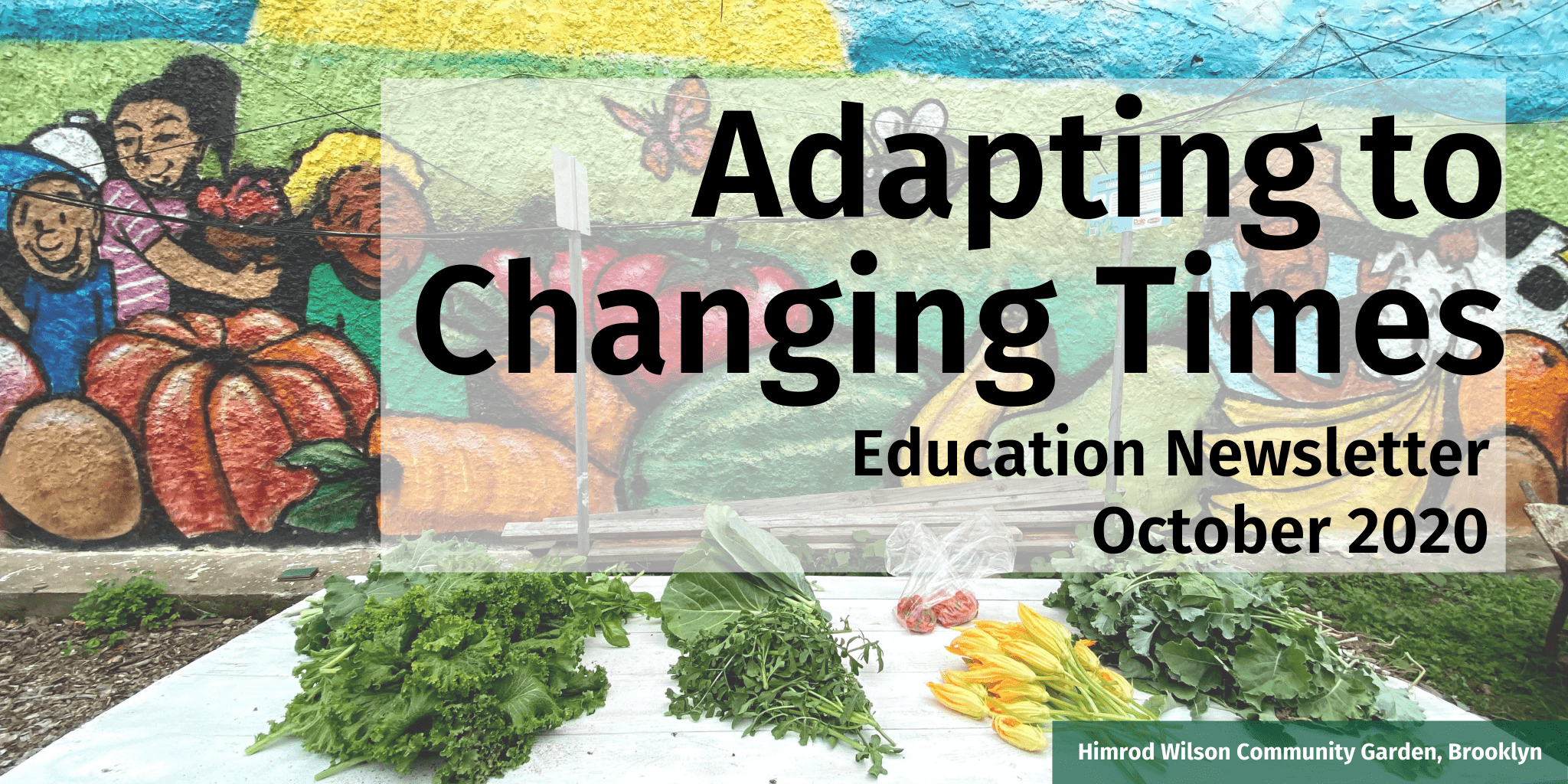
This past month, we’ve seen numerous record-breaking, natural events unfold:
- wildfires out west grew in number and size,
- temperatures scorched California and many parts of the southwest,
- and incredible flooding ravaged the south and southeast as hurricane season peaked.
In an already trying 2020, we want to acknowledge the distress and anxiety many are experiencing. We continue to focus on what’s next, knowing we are resilient, knowing we can adapt, and knowing we are better together.
Sustainable Food Pathway: Food Insecurity
According to Feeding America, the U.S. is the world’s greatest food-producing country, yet children and adults face poverty and hunger in every county across the country. A household that is food insecure has limited or uncertain access to enough food to support a healthy life. Our children are more likely to face food insecurity than any other group in the U.S.
Food insecurity has many layers and disproportionately impacts communities of color. Here are just a few facts.
- Children facing hunger may struggle in school and beyond, and are more likely to repeat a grade in elementary school, experience developmental delays in language and motor skills, and have more social and behavioral issues.
- Black households face hunger at a rate more than twice that of white, non-Hispanic households.
- More than 18% of Latino children are at risk of hunger, compared to nearly 12% of white, non-Hispanic children.
Knowing the truth and understanding the issues that hurt our community allows us to work better together and design and implement solutions that will bring about change. Facilitate a food insecurity investigation with Feeding America’s Map the Meal Gap. This interactive tool allows students to look more closely at food insecurity where they live, from their state all the way down to their congressional district. Learn more at FeedingAmerica.org.
Environmental justice is social justice. Learn more by connecting to the Global Sustainable Development Goals, Goal 1 No Poverty and Goal 2 Zero Hunger.
Taking Learning Outside
Every day, photos on social media show how teachers and students across the country are rising to the numerous challenges they are facing during these unprecedented times. In many cases, lessons have been adapted to utilize outdoor learning environments safely, and schools are moving forward with plans to build and certify Schoolyard Habitats®. In September alone, 25 new schools have applied to become Certified Schoolyard Habitats.
These new habitats also play an important role as more cities across North America commit to the National Wildlife Federation’s Mayors’ Monarch Pledge™. To date, more than 600 mayors (along with heads of local and tribal government) in cities like Austin, Texas and Charleston, Illinois, have pledged to act to help save the monarch butterfly. Students who are involved in creating Schoolyard Habitats can help generate excitement in the local community and educate others about the importance of planting native milkweed and nectar-producing plants at home.
Watch this short video to hear more about the “Butterfly Capital of Illinois,” then explore our resources for creating a Monarch recovery garden.
Discovering New Resources
High school juniors and seniors have the opportunity to join the National Wildlife Federation’s EcoLeaders program. Students will discover valuable tools to advance their sustainability leadership and career development through project-based learning and leadership, career connections, and an online support community. The program provides career resources for both high school and college students, including career pathway information, informational interviews, interactive career planning tools, and more. This year, NWF is rolling out a series of toolkits to facilitate incorporating these resources by teachers, professors, education administrators, and others into their classroom curricula, extracurricular activities, and other programs.

The first toolkit is designed for guidance counselors and career services offices, as well as educators themselves. Start with the facilitation guide, which introduces each of the relevant resources within the EcoLeaders community and career center. It’s chock full of ideas for how you can integrate these resources with your existing programs.
Access the Toolkit!
Learn About Wildlife | Geckos
Have you seen the colorful gecko gracing the cover of the October Ranger Rick® magazine? Not only is the digital edition currently available for free, but there are extension activities for teachers and parents that accompany the magazine. Start by sharing the story, 8 Great Gecko Surprises. Kids will enjoy seeing how some geckos, like the giant leaf-tailed gecko, can make themselves “disappear” by blending into their surroundings. Others, like the Mediterranean house gecko, can drop its tail when grabbed by an enemy. Read the article to learn more surprising things about geckos.
Get more details on the creative extension activities like creating gecko trading cards in the October Ranger Rick Educator’s Guide.
Green Opportunities
- Download a free waste & recycling lesson & order a recycling box to participate in #TrickorTrash
- Participate in National Farm to School Month. The 2020 theme is “It Takes a Community to Feed a Community.”
- Explore Eco-Schools USA at Home resources
- Virtual Climate Change Course : Building climate science knowledge to enact local change (grades 9-12)
- Read about NGSS Science Strategies for Online Learning
- Get outside with Green Schoolyards America free Schoolyard Activity Guides
- Sign up for access to a free annual digital subscription of National Wildlife magazine. A great tool to engage high school students in conservation projects, policy and action.
- Explore educational video resources and subscribe to the Eco-Schools USA YouTube Channel
- Find new virtual classroom resources for at home learning including learning activities, educational videos, Ranger Rick Family Guides, & wildlife and pollinator craft activities.
- WeAreTeachers.com has gathered 21 Anti-Racism Videos to Share with Kids

